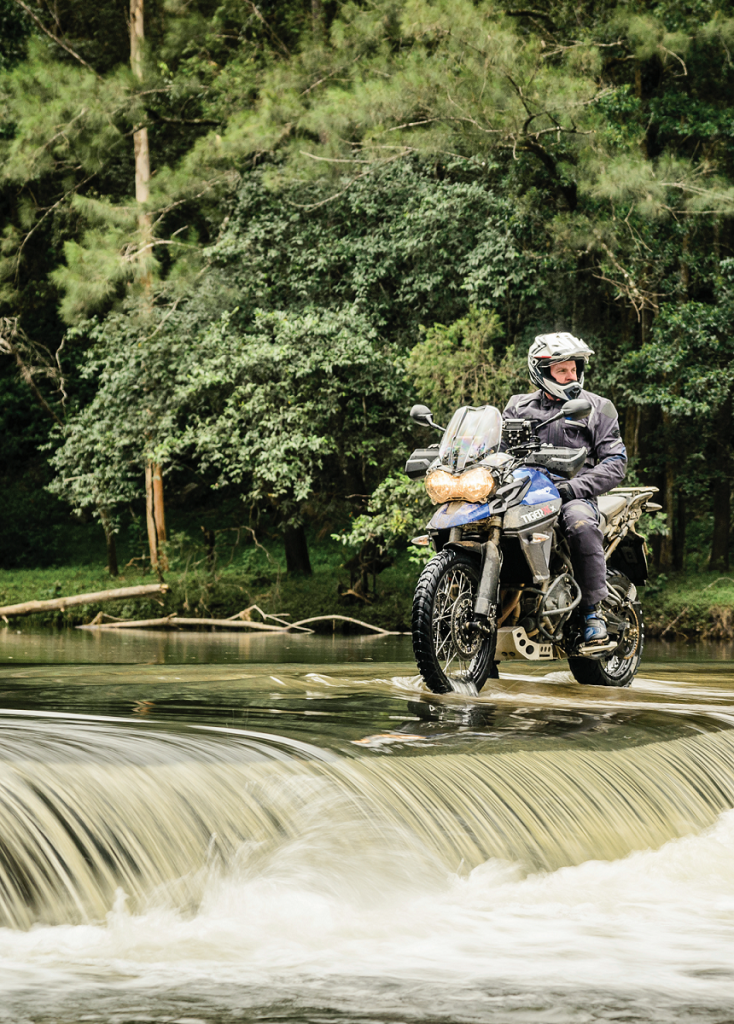BIKE TEST

TRIUMPH TIGER 800 XCX
ANOTHER X-CELLENT UPDATE WORDS STUART WOODBURY PHOTOS WILKINSON PHOTOGRAPHY

Triumph’s Tiger 800 XC has been a hit since its launch back in 2011. For 2015, there are two of the off-road orientated XC – the XC and the top end model with an extra ‘x’ at the end. You can also get the XR and XRx, aimed more at the road and occasional off-road rider, which we’ll be sampling shortly.
In both cases, the little ‘x’ refers to not only a more sophisticated electronics package including cruise control,switchable traction control and the ability to configure different riding modes, but also to other add-ons such as a more advanced trip computer, auto-cancelling indicators, a centrestand, handguards, a plastic radiator guard and an additional 12V power socket.






